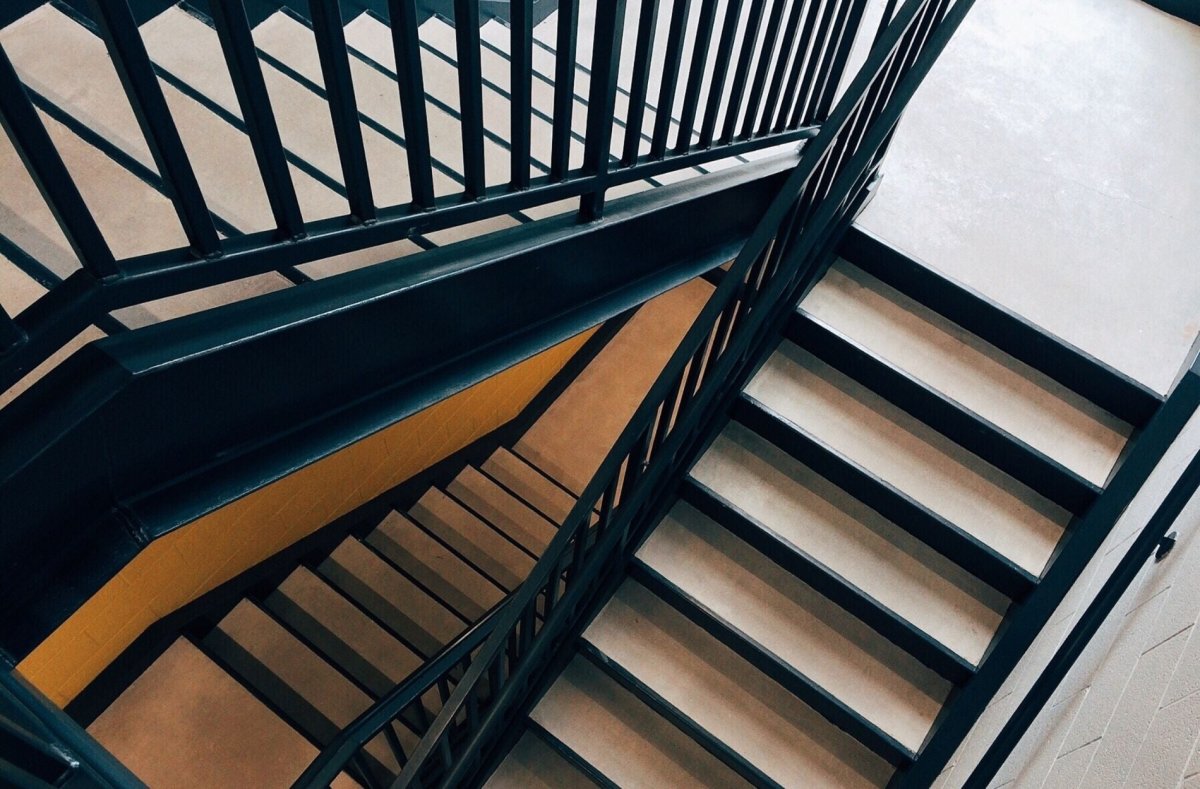Stairs are a common part of many homes and buildings, bridging different levels with ease. However, have you ever noticed that little overhang on each step? It's called nosing, and while it might look like a small detail, it has a big role in both design and safety. Nosing extends the lip of a step slightly over the edge, helping to define the steps more clearly and reduce slips. It's a feature often overlooked, yet it greatly contributes to your overall stairway experience by providing a completed look and an added measure of safety.
While nosing serves a general purpose, there's something called safety nosing that takes protection a step further. Understanding the difference between regular nosing and safety nosing is crucial for anyone looking to make informed decisions about staircase safety and aesthetics. Let's take a closer look at the unique characteristics of both types and uncover why they matter.
What Is Regular Nosing?
Regular nosing is a standard feature in many staircases. It's primarily designed to protrude slightly from the edge of each step. This protrusion isn't just for show; it plays an important part in visually defining the step's edge, which can help prevent missteps. By giving a better view of each step, nosing acts as a guide for your feet, especially in dim lighting or for those with limited mobility.
When it comes to materials, regular nosing can be made from various options:
- Wood: Commonly used in residential properties, offering a classic feel.
- Metal: Often seen in commercial settings for its durability.
- Vinyl or Plastic: Cost-effective options, suitable for various environments.
The primary function of regular nosing is to protect stair edges from wear and tear. Over time, the constant climbing can erode the steps, leading to repair needs. Thanks to nosing, the stairs remain in good condition longer, maintaining the step's aesthetics and functionality. Consider it a small investment that pays off in preventing the frequent upkeep and ensuring safer steps.
Understanding Safety Nosing
Safety nosing, on the other hand, focuses intensely on slip prevention and durability. It's essential in environments where safety is paramount. This isn't just about hanging over the edge of a step; safety nosing goes the extra mile by incorporating materials that enhance grip and reduce potential hazards. Whether it’s in a busy public transit area or a school with endless foot traffic, safety nosing is key.
Here's what sets safety nosing apart:
- Materials Used: Often made with durable, slip-resistant materials like rubber inserts or non-slip gritty finishes that provide additional friction.
- Functionality: These materials provide better traction, making it safer in wet or slippery conditions. The added texture serves a practical function, giving each step greater grip for shoes.
While regular nosing typically focuses on the look and basic protection of the stairs, safety nosing aims to minimize slips and falls. This feature is especially beneficial in commercial spaces, where maintaining safety standards is a must. No matter how careful you are, accidents do happen, so safety nosing offers peace of mind by mitigating risks through increased traction.
Kids running up a slippery school stairway or construction sites where safety underfoot is non-negotiable demonstrate the practical side of safety nosing. In such contexts, safety nosing proves invaluable, making stairs safer for everyone and reducing liability concerns.
In essence, understanding these nosing types allows one to choose appropriately based on specific needs and surroundings. This guidance not only impacts immediate safety but also involves long-term maintenance and aesthetics.
Key Differences Between Safety Nosing and Regular Nosing
When deciding between regular and safety nosing, it helps to know what makes each unique. One key area of difference lies in the materials used. Regular nosing often features materials like wood, metal, or plastic, which primarily serve an aesthetic and basic protection function. On the flip side, safety nosing includes materials designed for higher durability and slip resistance, such as rubber or metal inserts with textured finishes. This difference in composition directly affects how stairs handle wear over time and how they perform underfoot.
When it comes to function, regular nosing mainly acts as a visual aid, helping define the step edge and offering modest protection against physical wear. Safety nosing, however, is all about actively ensuring grip and preventing falls. It doesn't just highlight the step edge but also actively works to maintain firm footing. Homeowners might appreciate regular nosing for its simple look, while schools or office buildings might lean towards safety nosing for its emphasis on preventing accidents.
Installation and upkeep also vary between the two. Regular nosing is often easier and quicker to install, sometimes even adjustable to fit various stair types. Safety nosing might require more planning and precise fitting due to its specialised materials and design. Maintenance tends to be more straightforward for regular nosing, whereas safety nosing may demand occasional checks to ensure its non-slip features remain effective.
When to Choose Safety Nosing for Stairs
Certain situations call for the added protection that safety nosing provides, especially in places where the risk of slipping is higher. Busy settings like shopping centres, schools, and public transportation hubs benefit from safety nosing's ability to provide solid footing. It's also crucial in outdoor or wet conditions, like poolside steps or seaside decks, which are prone to moisture and can become slippery.
In high-traffic areas, safety nosing proves invaluable. Its non-slip surface holds up against countless footsteps throughout the day, effectively reducing the risk of slips and injuries. This resilience not only boosts safety but also prolongs the life of the stairs, keeping maintenance costs in check over time.
For residential use, consider whether the stairs are prone to becoming slippery, such as in homes with elderly residents or active children. Its enhanced grip can make a noticeable difference in homes, offering peace of mind especially in areas prone to frequent spills or damp conditions, like kitchen entryways or basement accesses.
Enhance Safety and Aesthetics with the Right Nosing Choice
Choosing the right nosing means balancing both visual appeal and safety needs. Regular nosing might suit places where the look is paramount, while safety nosing shines in settings where security cannot be compromised. Making the right choice is essential, factoring in expected foot traffic, environmental conditions, and the overall intent of the stair usage.
Consulting with professionals for guidance on selecting and installing the appropriate nosing can make all the difference. They can provide insights based on years of experience, ensuring that the selected nosing type meets all necessary safety standards and aesthetic desires. This careful selection not only safeguards those who use the stairs but also enhances the stairway itself, ensuring both function and form are at their best.
Choosing the right nosing can transform the safety and look of your stairs. If you're considering improving the safety of your staircases at work or home, Slips Away offers a range that can make a real difference. Explore our options for safety nosing for stairs, specifically crafted to provide peace of mind in high-traffic areas. To find the perfect fit for your needs, visit our collection today.














